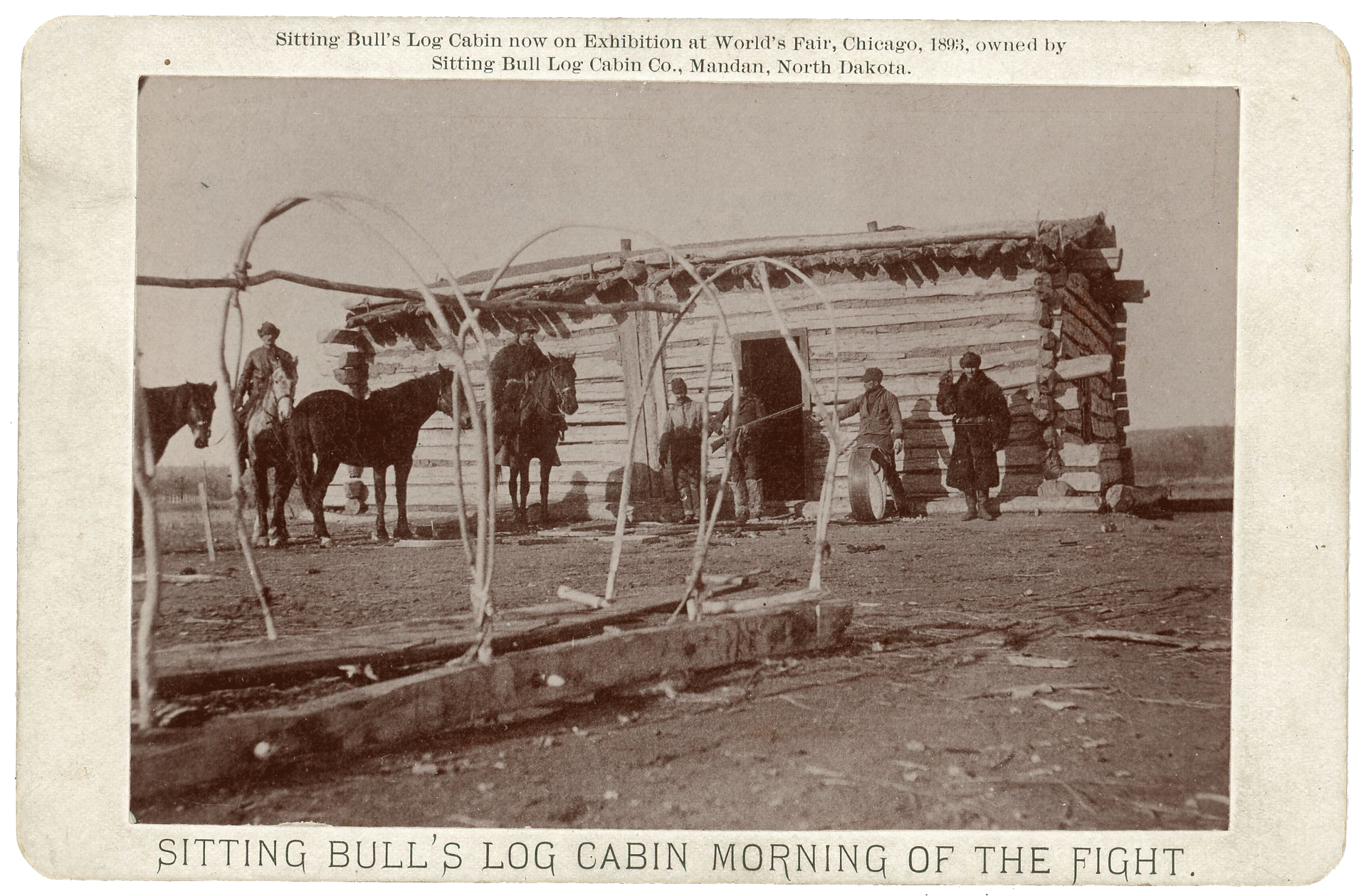The Secretary of the Interior, “Memorandum: Littlefield v. Mashpee Wampanoag Indian Tribe, 951 F.3d30 (1st Cir. 2020),” March 27, 2020, ➝. This was subsequently challenged; see Acee Agoyo, “‘You’re Gonna Have a Lot of Trouble’: Judge Trashes Trump over Changes in Tribal Homelands Policy,” Indianz, May 20, 2020, ➝.
See: Teo Armus, “‘You Don’t Control the Border’: Indigenous Groups Protesting Wall Construction Clash with Federal Agents,” The Washington Post, September 23, 2020, ➝; Debra Utacia Krol, “Tribal and Local Activists Air Concerns about Resolution Copper Mine at Oak Flat for Congressional Subcommittee,” The Arizona Republic, March 13, 2020, ➝.
Sahir Doshi, Allison Jordon, Kate Kelly, and Danyelle Solomon, “The COVID-19 Response in Indian Country,” Center for American Progress, June 18, 2020, ➝.
Deanne Stillman, “Sitting Bull’s Dancing Horse,” True West Magazine, January 10, 2018, ➝.
Mark Holman, “Where Is Sitting Bull’s Cabin?” Sitting Bull College Library, January 7, 2019, ➝.
R. Brookes and William Darby, Darby’s Universal Gazetteer, or, A New Geographical Dictionary…Illustrated by a…Map of the United States. The 2nd Ed., with Ample Additions and Improvements (Philadelphia: Bennett & Walton, 1827).
This analysis of dispossession is developed in: Robert Nichols, Theft Is Property! Dispossession and Critical Theory (Durham: Duke University Press, 2020.
Allan Greer, “Commons and Enclosure in the Colonization of North America,” The American Historical Review 117, no. 2 (April 2012): 365–86.
Refers to arguments made in Andrea Carlson, “The Mississippi River Is the Opposite of the Anthropocene,” Anthropocene Curriculum, February 10, 2020, ➝. Specifically, the quote, “the Mississippi River is an inappropriate mascot for the Anthropocene because this association forecloses on Native philosophies about water and place that implicate us as part of the river.”
Illinois and Michigan Canal commissioners, “Map of Chicago and Additions, 1836,” July 2, 1836, in Encyclopedia of Chicago, 2005, ➝.
Referring to Carlson, “The Mississippi is the Opposite of the Anthropocene.”
Rosalyn R. Lapier and David R.M. Beck, City Indian: Native American Activism in Chicago, 1893–1934 (Lincoln: University of Nebraska Press, 2020), 87.
Collin Fisher, “Multicultural Wilderness: Immigrants, African Americans, and Industrial Workers in the Forest Preserves and Dunes of Jazz-Age Chicago,” Environmental Humanities 12, no. 1 (2020): 51–87.
Lapier and Beck, City Indian, 103.
Ibid., 84.
Chi Nations and Black Lives Matter Chicago, “Lessons from Grant Park,” Black Lives Matter Chicago, August 2020, ➝.
